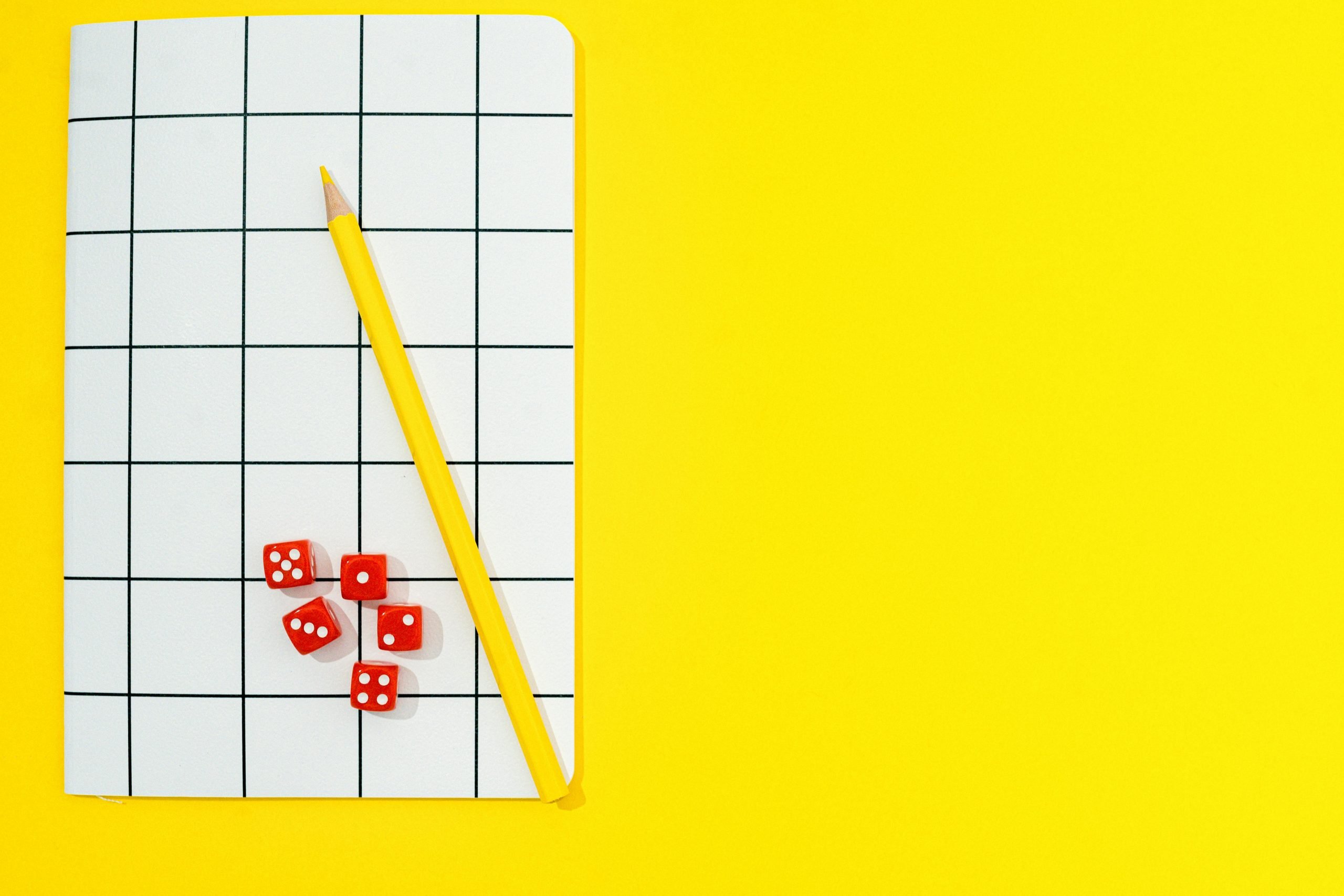Universal Design for Learning: Making Education Accessible to All
In today’s ever-changing world, education has become a vital aspect of our lives. It not only equips us with knowledge and skills, but also empowers us to be successful individuals. However, traditional classroom settings and teaching methods may not cater to the diverse needs and abilities of all students, creating barriers to learning. This is where Universal Design for Learning (UDL) comes into play. UDL is a framework that aims to make education accessible to all students, regardless of their differences. In this article, we’ll explore how UDL can transform the educational landscape and make learning a more inclusive experience for everyone.
Introduction to Universal Design for Learning (UDL)
Universal Design for Learning (UDL) is an educational approach that provides all students with equal opportunities to learn and succeed. It is based on the concept of universal design, which advocates for creating products and environments that are usable by people with diverse abilities. In the context of education, UDL focuses on designing curriculum, instructional materials, and assessments that can be accessed and used by every student, regardless of their differences.
Traditional teaching methods and materials are often designed based on the assumption that all students learn in the same way. However, the reality is that each student has unique learning styles, preferences, and needs. Some students may learn better through visual aids, while others may prefer hands-on activities. UDL recognizes and embraces these differences, providing multiple means of representation, expression, and engagement to support the learning process.
The Three Principles of UDL
The UDL framework is based on three main principles, each of which has its own set of guidelines:
1. Multiple Means of Representation
This principle focuses on the “what” of learning, referring to the ways in which information is presented to students. It emphasizes providing different modalities of presentation, such as visual, auditory, and kinesthetic, to cater to the diverse needs of students. This can involve using videos, images, diagrams, and other interactive tools to convey information.
2. Multiple Means of Action and Expression
The second principle, multiple means of action and expression, focuses on the “how” of learning. It recognizes that students may have different ways of interacting with and expressing their knowledge. UDL encourages educators to offer various options for students to demonstrate their understanding, such as through written assignments, oral presentations, or visual projects.
3. Multiple Means of Engagement
The third principle, multiple means of engagement, focuses on the “why” of learning. It believes that students are more motivated to learn when they are interested, challenged, and have a sense of purpose. This principle encourages educators to provide different ways for students to engage with the material, such as through real-world problems, interactive activities, and opportunities for self-reflection.
Benefits of UDL in Education
The UDL framework offers numerous benefits to both students and educators. Let’s take a look at some of them:
1. Promotes Inclusion and Diversity
One of the most significant advantages of UDL is its inclusive nature. By providing multiple means of representation, expression, and engagement, UDL ensures that all students, regardless of their abilities, have equal access to the curriculum. This creates a more diverse and inclusive learning environment, where students learn not only from the teacher but also from each other.
2. Personalizes Learning
UDL also allows for a more personalized learning experience. As each student has unique learning preferences and needs, UDL provides various options for students to engage with the material in ways that suit them best. This promotes a deeper understanding of the subject and can help students reach their full potential.
3. Increases Engagement and Motivation
By providing different ways of engaging with the material, UDL can increase student motivation and engagement. When students are interested in what they are learning and feel a sense of purpose, they are more likely to be motivated to learn and perform better in their studies.
4. Improves Learning Outcomes
The ultimate goal of UDL is to improve learning outcomes for all students. By removing barriers and providing equal learning opportunities, UDL can help students develop a deeper understanding of the subject, apply their knowledge to real-world situations, and become more independent learners.
Implementing UDL in Education
The UDL framework can be implemented in various ways, depending on the specific needs and resources of each educational setting. However, here are some general steps that educators can take to incorporate UDL into their teaching:
1. Understand and Identify Students’ Needs
The first step in implementing UDL is to get to know your students and their diverse needs. By understanding their learning styles, preferences, and any potential barriers to learning, educators can tailor their approach and materials accordingly.
2. Provide Multiple Means of Representation, Expression, and Engagement
Using the UDL guidelines, educators can provide various options for students to access and demonstrate their knowledge. This can involve using a mix of different teaching methods, materials, and assessments that cater to the diverse needs of students.
3. Collaborate and Communicate with Students
Involving students in the UDL process is crucial. By collaborating and communicating with them, educators can better understand what works for them and make necessary adjustments to their teaching. This also empowers students and encourages their active participation in their own learning.
4. Continuously Reflect and Improve
The UDL approach is not a fixed set of guidelines but an ongoing process of reflection and improvement. Educators should continuously review and assess their teaching practices, seeking ways to further enhance the learning experience for all students.
Conclusion
Inclusion is not a privilege but a right for every individual. By implementing UDL in education, we can create a more inclusive and diverse learning environment that caters to the unique needs and abilities of all students. It’s time to embrace the concept of universal design and make education accessible to all. Let’s strive towards creating a more equitable and empowering world through UDL.







